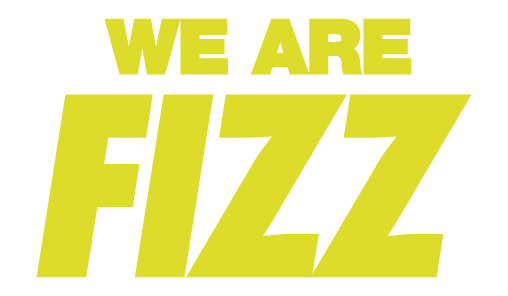Unlocking Cost Efficiency
In today’s fast-paced and highly competitive business landscape, staying ahead of the curve is crucial for success. The shift from traditional photography to digital 3D product visualisation is a prime example of how businesses are embracing innovation to enhance their operations. This transition not only brings about aesthetic improvements but also offers a multitude of cost benefits. In this article, we will delve into the major cost advantages that companies can gain by adopting digital 3D product visualisation over traditional photography.
- Reduced Production Costs:
Traditional product photography involves setting up elaborate sets, hiring photographers, and arranging for various props and lighting equipment. This process can be time-consuming and expensive. On the other hand, digital 3D product visualisation eliminates the need for physical setups, reducing production costs significantly. Once the digital model is created, it can be reused and modified as needed, offering a cost-effective solution for showcasing multiple products across different platforms.
- Faster Time-to-Market:
In the competitive business environment, time is of the essence. Traditional photography often involves lengthy pre-production, shooting, and post-production phases. With digital 3D product visualisation, the entire process can be streamlined, leading to a faster time-to-market. Changes and updates to product visuals can be made swiftly, allowing companies to respond quickly to market trends and consumer preferences.
- Flexibility and Iteration:
One of the key advantages of digital 3D product visualisation is the flexibility it provides. Once a digital model is created, it can be easily modified and adapted to different marketing materials, such as websites, social media, and print materials. This adaptability eliminates the need for reshooting products for every new campaign or product iteration, resulting in substantial cost savings over time.
- Reduced Logistics Costs:
In traditional photography, especially for large or bulky products, transportation of products to and from the photography studio can be a logistical challenge. Digital 3D product visualisation eliminates the need for physical products to be present, reducing transportation costs and potential damages during transit. This is particularly beneficial for companies with extensive product lines or those operating in multiple locations.
- Global Collaboration and Remote Work:
In the digital age, many businesses operate on a global scale, and collaboration often involves team members working from different locations. Digital 3D product visualisation allows for seamless collaboration, as the digital assets can be easily shared and accessed remotely. This not only enhances teamwork but also reduces costs associated with travel and accommodation for on-site photography sessions.
- Customisation Without Additional Costs:
Traditional photography often requires additional shoots for product variations or customisation, leading to extra expenses. In contrast, digital 3D product visualisation allows for easy customisation without incurring additional costs. This is particularly beneficial for companies offering a wide range of customisable products, as it enables them to showcase diverse options without the need for extensive photo shoots.
Conclusion:
The transition from traditional photography to digital 3D product visualisation is a strategic move that not only enhances the visual appeal of products but also offers substantial cost benefits. The reduced production costs, faster time-to-market, flexibility, and global collaboration capabilities make this transition a wise investment for businesses looking to optimise their operations in the digital era. As technology continues to advance, embracing innovations like digital 3D product visualisation will be pivotal for companies aiming to thrive in an ever-evolving market.
